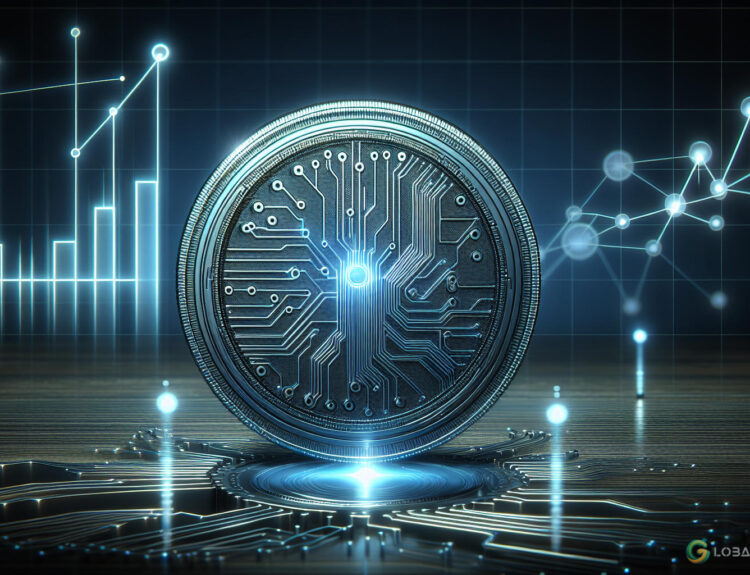Understanding Web 3: The Future of the Internet
Web 3, the latest evolution of the internet, is set to revolutionize how we interact online, emphasizing user control and data decentralization. This new phase contrasts sharply with Web 2.0, which centralized data under major corporations and focused heavily on social media and user-generated content. Web 3 aims to return control to the users, enhancing privacy, security, and freedom.
The Core Features of Web 3
At the heart of Web 3 is decentralization. This means moving away from centralized servers to a system where data is distributed across numerous nodes, reducing reliance on single points of failure or control. This setup not only enhances security and privacy but also democratizes access to information.
Another crucial aspect of Web 3 is interoperability. Unlike the siloed services of Web 2.0, Web 3 envisions a seamlessly interconnected network of apps and services, allowing users to transfer data without barriers.
Distinguishing Between Web3 and Web 3.0
It’s important to differentiate between “Web3” and “Web 3.0.” Web 3.0 refers to the semantic web which enhances machine understanding of data, aiming to deliver more tailored and intelligent user experiences. Web3, on the other hand, focuses on a decentralized internet structure supported by technologies like blockchain and decentralized protocols.
Technologies Driving Web 3
Several key technologies are foundational to Web 3:
- Blockchain: Facilitates decentralized and transparent peer-to-peer interactions.
- Artificial Intelligence (AI) and Machine Learning (ML): These technologies help in personalizing user experiences and automating complex processes.
- Internet of Things (IoT): Enhances device interconnectivity, contributing to more integrated and smart environments.
- Decentralized Storage: Solutions like IPFS and Filecoin promote secure, private, and reliable data storage and sharing.
Comparing Web 2 and Web 3
The shift from Web 2 to Web 3 involves several key changes:
- From centralized data control by large corporations to a decentralized model where users control their own data.
- From limited data portability between platforms to fluid interoperability across services.
- From monetization primarily through advertising to diverse models like cryptocurrencies and token economies.
- From a user experience dictated by platforms to one shaped by user choice across a decentralized network of applications.
Impact of Web 3 on Various Industries
Web 3 has the potential to transform many sectors:
- Finance: Through DeFi, Web 3 enables more inclusive financial services.
- Healthcare: Offers enhanced privacy and control over medical data.
- Supply Chain: Increases transparency and efficiency in logistics.
- Education: Facilitates secure and accessible educational platforms.
- Media and Entertainment: Empowers creators through direct monetization opportunities.
- Governance: Promotes transparency and democratic engagement through DAOs.
Challenges Facing Web 3
Despite its advantages, Web 3 faces significant hurdles:
- Scalability: High demand can lead to network congestion and high transaction costs.
- Interoperability: Needs standard protocols for seamless integration between diverse systems.
- Regulatory Uncertainty: The legal landscape needs to evolve to provide clear frameworks for Web 3 technologies.
- User Experience: Simplifying the user interface to accommodate non-technical users is crucial.
- Security: Robust security measures are essential to protect against vulnerabilities.
- Environmental Impact: Addressing the energy consumption of technologies like blockchain.
- Adoption and Education: Wider understanding and acceptance of Web 3 technologies are needed.
As we continue to explore the vast potential of Web 3, it’s clear that this new internet era could reshape our digital landscape, making it more inclusive, secure, and user-centric. For more insights and updates on the fascinating world of cryptocurrencies and Web 3, keep informed with Global Crypto News.
























